Transforming Digital Experiences: Driving User Engagement and Innovation
Year: 2020-2022
Role: UX Lead (2022) - UX / UI Designer (2020-2022)
Skills: User Research & Testing /Wireframing & Prototyping / Interaction Design /Cross-Functional Collaboration / Agile Methodologies / Project Management
Softwares: Dovetail, Figma, Figjam, Maze, Jira, Confluence
Team: Design Team, Dev team, Product Owner, Business Analysts, Marketing team
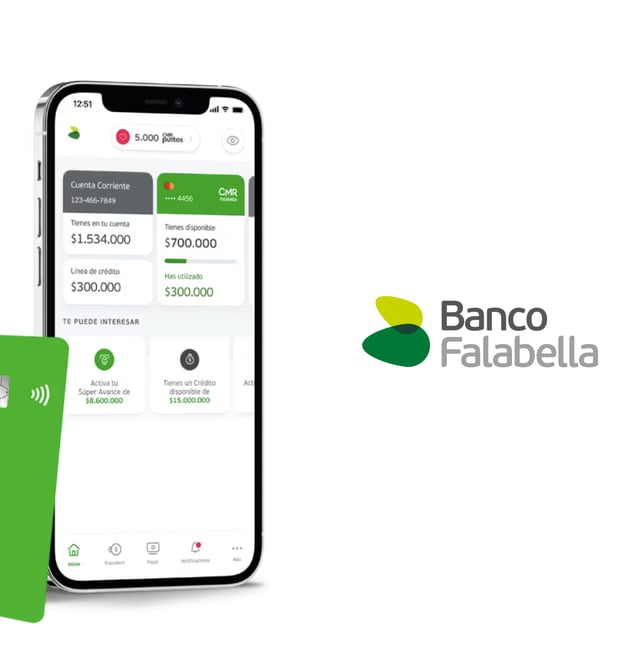

Please note: I’m unable to showcase specific projects or detailed processes from my time there. The content presented here is a general overview highlighting my key contributions.
At Falabella Financiero, I advanced from UX Researcher & Designer to UX Lead, driving user-centered design strategies for financial services used by 2.4M+ customers. I led a design team, optimizing digital experiences through research, iterative prototyping, and UX metrics to enhance engagement and efficiency. Focused on the app, I spearheaded key initiatives to simplify workflows, improve usability, and introduce new features that strengthened user connection with our digital channels. Collaborating cross-functionally within an Agile framework, I aligned design solutions with business goals, ensuring impactful, data-driven decision-making across platforms.
About my time at Falabella Financiero
QR Payment for Public Transport: Introducing a quick and intuitive way for users to pay for transit through the app.
Peer-to-Peer Transactions and Money Transfers: Simplifying and enhancing the user experience for personal transfers.
Gamification Features: Adding engaging gamified elements to incentivize app usage and improve user retention.
Digital Card and Delivery Service: Designing seamless workflows for card management and delivery tracking.
Service Payments Redesign: Streamlining the process for bill and service payments for greater efficiency.
Card and App Settings: Revamping settings interfaces to improve usability and user control.
Transactions View: Creating a clear and user-friendly interface for viewing and managing transaction history.
Key contributions
User-Centric Design
Established a Research-First Approach:
Implemented an official research process across all team projects, introducing its value and long-term impact to stakeholders.
Created research templates, roadmaps, and timelines to set clear expectations and align on delivery milestones.
Comprehensive User Research:
Conducted workshops, focus groups, interviews, and surveys to uncover pain points and iterate designs based on user feedback.
Validated hypotheses and solutions with target audiences through testing tools like Maze and online sessions.
Accessible and Simple Design:
Designed wireframes and prototypes with a strong focus on accessibility and simplicity, ensuring a cohesive experience across devices.
Ensured designs were tested and refined to align with user needs and usability best practices.
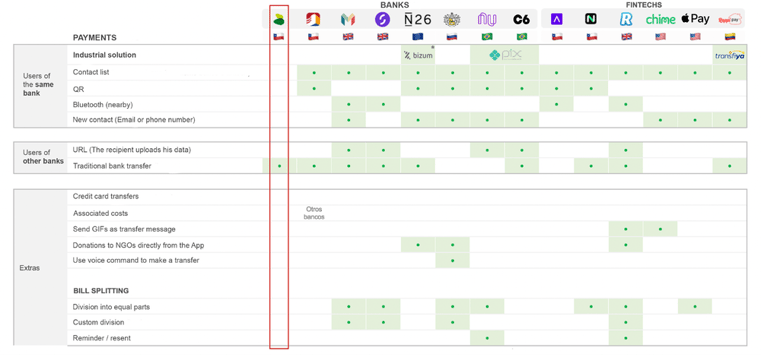



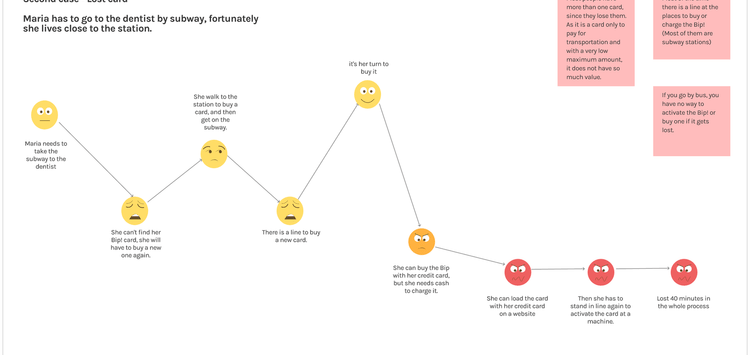

Payments Competitive analysis
Proto Journey for Public Transportation QR Payments
Enhanced User Touchpoints
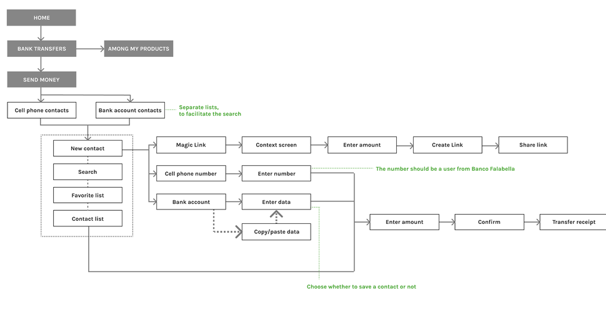

Streamlined Digital Experiences:
Redesigned payment flows to reduce friction, simplify navigation, and improve completion rates with personalized suggestions.
Optimized money transfer processes, introducing features like contact-based transfers and real-time status updates.
Innovative Functionalities:
Developed and launched peer-to-peer transaction services, becoming the first in Chile to offer this functionality.
Introduced a gamified rewards system to increase user engagement and satisfaction, driving higher retention rates..
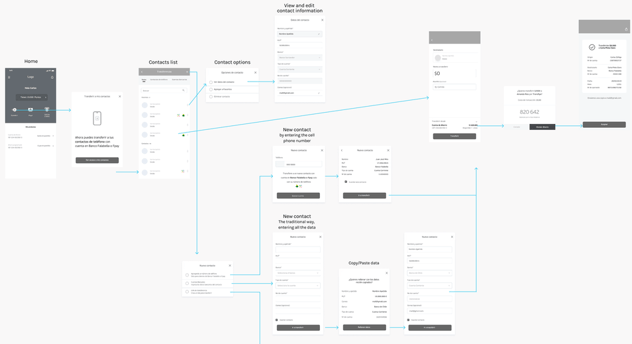

Information architecture
Wireflow
Improving Collaboration with Development Teams
Bridging Gaps Between Design and Development:
Leveraged personal experience as a developer to address communication challenges between design teams and the dev team.
Facilitated feedback and workflow improvement sessions, establishing a sprint methodology tailored to the team's needs.
Improved Design Visibility:
Implemented a labeling system to track the design status of every screen, ensuring transparency and alignment.
Educated managers on the design process, emphasizing the risks of launching unfinished features and advocating for robust foundational services before introducing new ones.
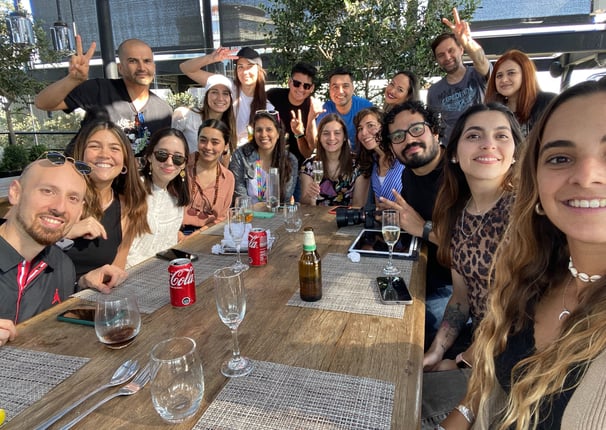

Metrics and Outcomes
Championed the use of data to inform design decisions, analyzing key metrics like CSAT (Customer Satisfaction Score), screen time, bounce rates, and error percentages.
Data-Driven Decision Making:
Used test results and analytics to drive continuous improvements, ensuring designs met user expectations and business goals.

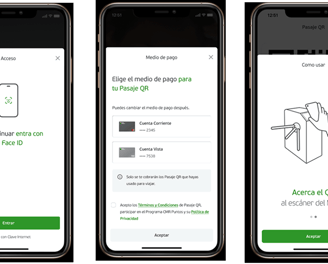
Key takeaways
Metrics-Driven Decision Making: Support every decision with data, ensuring that UX analytics are integrated throughout the entire experience. This approach should extend beyond system testing—once the system is live, continuously track customer behavior and key metrics to refine and improve the user experience based on real-world interactions.
The Power of Collaboration: The beauty of collaboration lies in considering every stakeholder and team member when designing and managing a project. It's essential to align on all aspects and create spaces for cross-functional collaboration, where ideas and perspectives can come together seamlessly.
Innovation in Familiar Spaces: Even when developing something that has been done before, it’s important to stay open to new areas of intervention. The opportunity to innovate and test new approaches is always insightful and valuable, providing room for growth and discovery.


